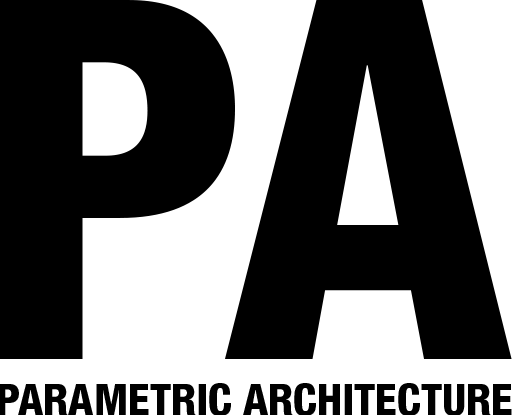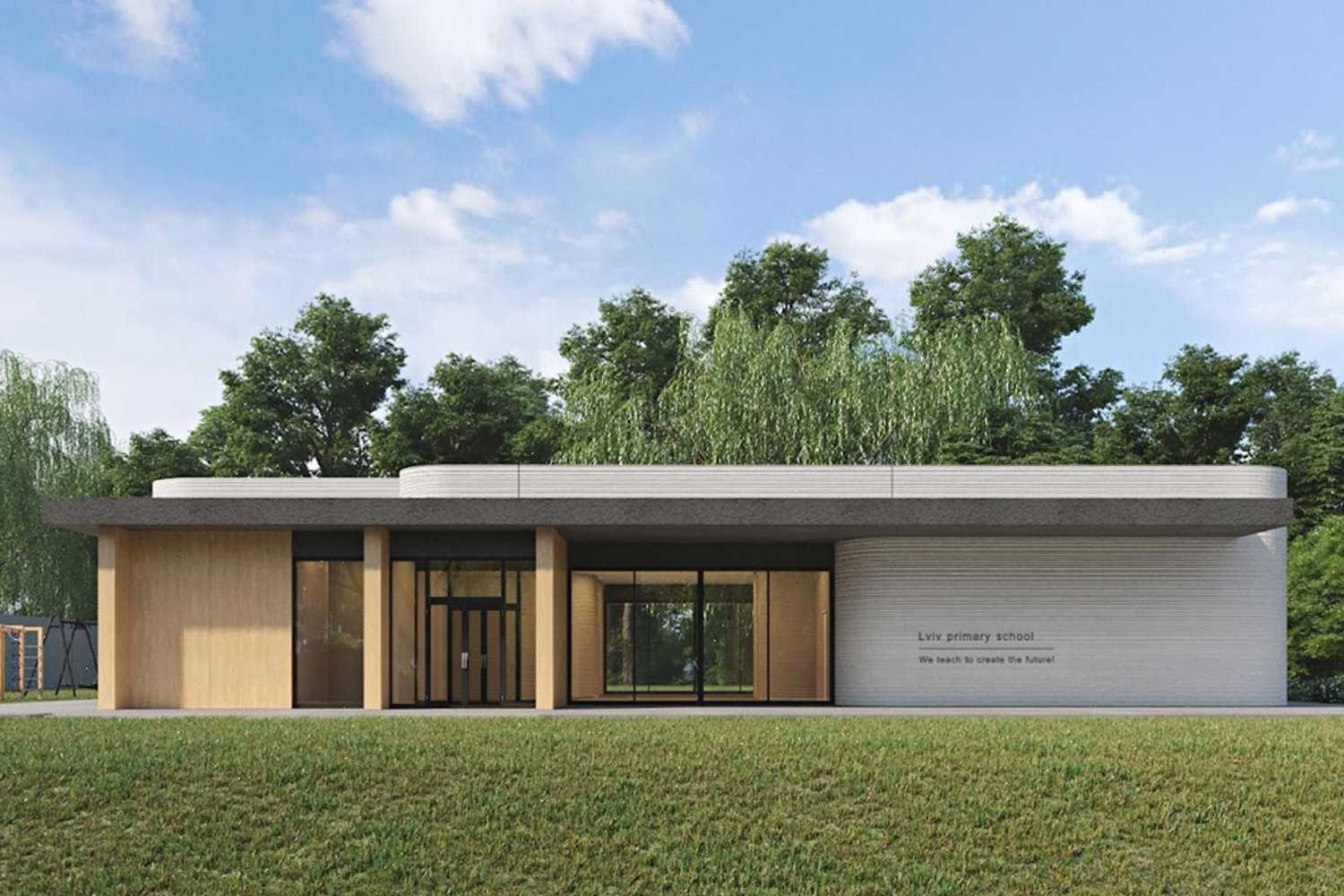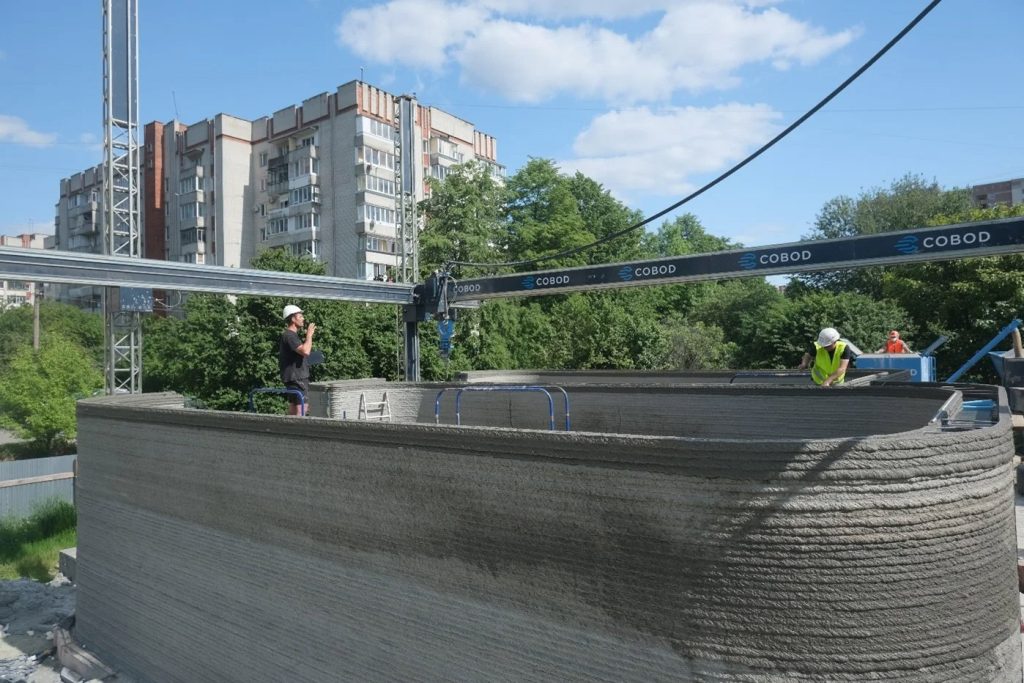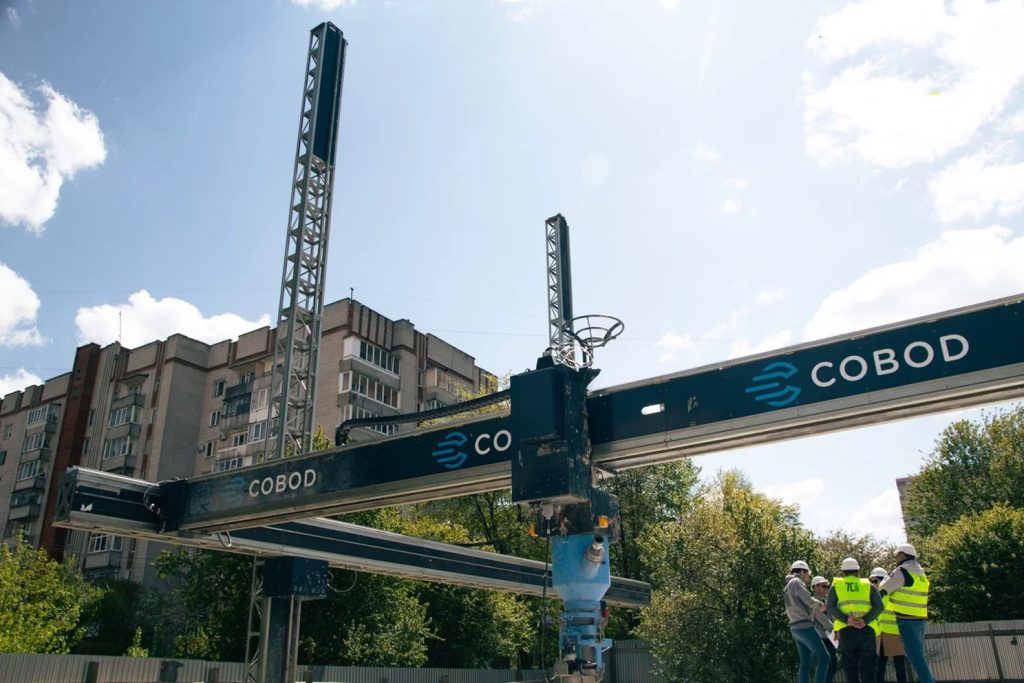The initiative for a humanitarian project is being led by Team4UA and executed by the Danish 3DCP Group, utilizing COBOD’s BOD2 printer. Its primary objective is to help meet the urgent demand for educational infrastructure in Ukraine.
The invasion of Russia has posed severe challenges to Ukraine, causing the destruction or damage of more than 2,000 schools, with 277 schools completely demolished, according to the Ministry of Education and Science of Ukraine. Given this crisis, the primary objective of this project is to promptly address the critical shortage of educational infrastructure in the country.
The project initiators intend to accelerate the construction of educational facilities and lay the groundwork for reconstructing housing and vital infrastructure in Ukraine by implementing 3D printing technology in the construction process.
Jean-Christophe Bonis, founder, and chairman of the Team4UA humanitarian foundation, shared his perspective on the initiative: “The school construction project based on 3D printing technology is designed to provide access to education for children affected by the full-scale war in Ukraine, as well as to create an inclusive space for internally displaced children in Lviv. Destroyed schools and other educational institutions deprive the younger generation of the opportunity to receive a quality education, which can have a negative impact on their future and the future of the state. Innovative solutions will help to overcome this problem right now, more efficiently and much faster – just see how much have been done here in just 3-4 days of printing. Virtually half of the printing is already complete.”
A new primary school is under construction on the site of an existing school. This school will be a symbol of hope for young children who have been displaced by war. The building will be one-story and cover an area of 370 m2. The architect has chosen to showcase the fact that the building has been 3D printed by using a special technology that creates perfectly smooth walls.
Additionally, the construction materials are being sourced locally, which helps to boost the economy and support the community. In fact, almost all of the materials for the 3D printed concrete were obtained at a low cost from local sources. The goal is to create a nurturing environment where young learners can thrive.
Henrik Lund-Nielsen, Founder & General Manager of COBOD said: “We are proud to have delivered the technology that makes this project possible. The proud people of Ukraine deserve all the support we can provide, and I am happy we have been able to donate al what we have been doing in this project for free. Out of the respect for the impressive fighting will Ukraine has shown on behalf of all of the rest of Europe and the rest of the democratic world, this is the least we could do”.




















Leave a comment